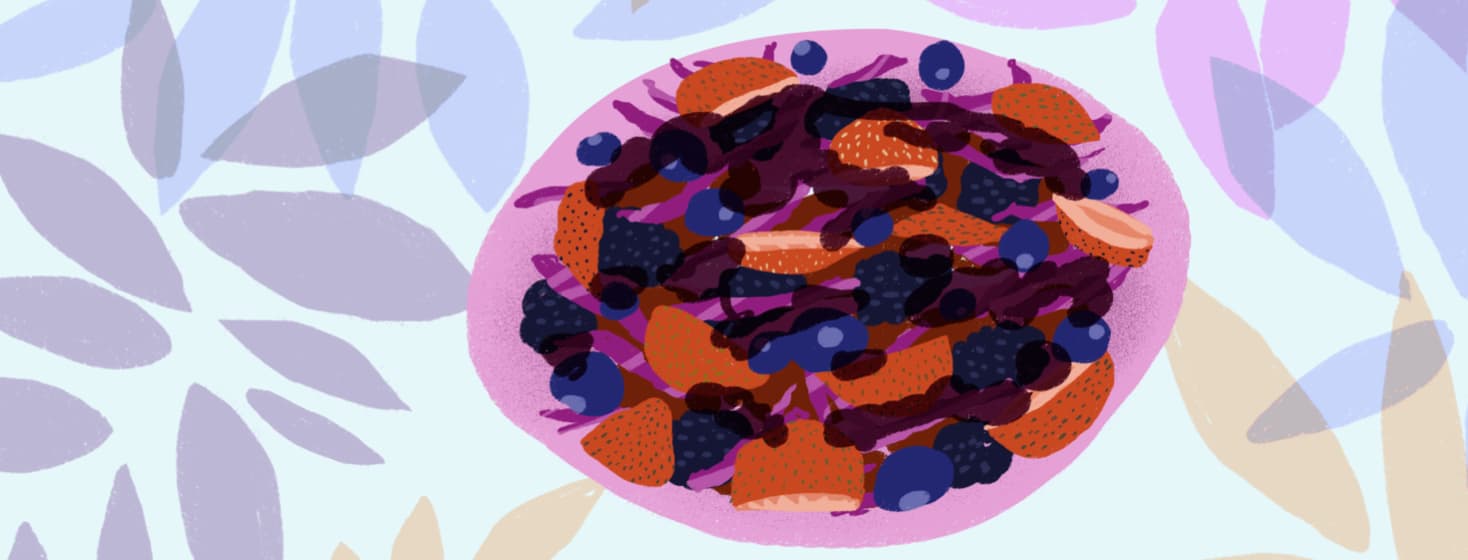Adjusting to a Low-Sodium Diet
Unfortunately, a diagnosis of heart failure is often accompanied by a change in diet.
Usually, people talk about the necessity of limiting one's sodium intake. In my experience, doctors can discuss dietary changes in a black and white way. There can be limited support for those who are trying to make this dietary change.
Not that simple
I even went to a dietician who gave me a list of foods to eat and that to avoid. Sometimes classes on eating low salt are also included in cardiac rehab. However, it is NOT as simple as eat this, don’t eat this! If this was the case, heart failure or not, Americans would not have the issues with obesity, diabetes, and other conditions that come with our modern lifestyle and diet.
Do we honestly think that obese people who overeat want to be obese? Do we think that people with heart failure who know they have to watch their salt, want to die a prolonged and painful death? Where is the support to adhere to a medically restricted diet?
In my experience, when we are not honest about the battle that lies ahead, it makes it harder for those who are in the trenches alone. When you are under the assumption this should be easy, it is natural human behavior to beat yourself up. Moreover, beating yourself up and feeling shame does not motivate someone to continue trying.
Be kind
My point is that anyone who is at the beginning of the journey should be kind to themself. What people miss is how certain foods are so ingrained in our lives, how salt is EVERYWHERE, and how taste buds are truly wired for certain foods.
Cutting the amount of salt in your diet is not easy. However, the reality is that following the recommended sodium (and fluid intake) guidelines makes me feel better. I have also found that what I crave has changed. Truly!
It takes time
Those salty chips or that mac and cheese that you were drawn to? It is possible to eat other foods for long enough that your cravings change. Sometimes it might not even take that long!
It can also take time and repeated exposure to find new foods that you like. A 2010 study found that children had to try a vegetable eight or nine times before they began to like it more.1
So, you can truly find yourself enjoying fruits and vegetables (which are not laden with salt like most processed foods are), it just takes repeated exposure. Do not give up and keep trying. Sometimes it takes time.
Planning
It can also be a matter of planning. Do not wait until you have had a bad day to figure out what is going to make you feel good. Try things out to see what you lean towards.
For instance, I have come to realize that I adore chewy and creamy textures. My sister also sends me no salt peanut butter that is good in a pinch, and I found a brand of granola bar that only has 10 mg of salt per bar!
As for sweets, it is amazing the amount of sodium that is in prepackaged cakes and cookies. So, for example, my workaround is yogurt bars or I melt dark chocolate into frozen berries (so there is no cutting or preparing involved) and top with cinnamon. If the yogurt has too much sodium for you, there are also sorbet and fruit bars too.
Don't give up
I say that to not say that you must eat like me; however, I will say that planning, trying new things and tenacity go a long way. Don't give up! If you have issues with fatigue that limit experimental cooking I get it. Perhaps ask friends or family to help you out by cooking a new recipe for you. Sometimes people want to help but they do not know how to.

Join the conversation